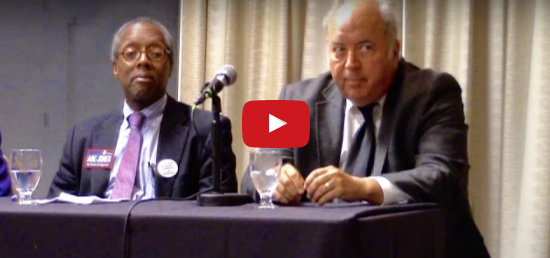 The latest Money magazine features an article (not yet posted online) from Ian Salisbury that tells us, in a subheadline, “Traders freak out at any sign that the Federal Reserve might stop propping up the stock market.” Salisbury documents some of the unintended consequences of the Fed’s overly meddlesome approach to the economy, including the following passage:
The latest Money magazine features an article (not yet posted online) from Ian Salisbury that tells us, in a subheadline, “Traders freak out at any sign that the Federal Reserve might stop propping up the stock market.” Salisbury documents some of the unintended consequences of the Fed’s overly meddlesome approach to the economy, including the following passage:
Ordinarily the Fed tries to influence the economy by setting short-term interest rates, cutting them to stoke growth or raising them when inflation looms. But after the financial crisis, even driving short-term rates essentially to zero didn’t do enough to invigorate growth. So the Fed stepped into markets in a bigger way. It bought up trillions of dollars of fixed-income investments, including long-term Treasury bonds and mortgage-backed securities.
Economists have endless debates about how (not to mention how much) this “quantitative easing,” or QE, helps the economy. One idea is that it pushes yields on safe-haven assets so low that would-be buyers look instead to riskier investments like junk bonds and stocks, making individual investors feel richer and, it is hoped, more willing to spend and invest. At least as important, though, is the message such unprecedented intervention sends. “The Fed signaled it was committed to supporting the economy,” says Moody’s Analytics economist Nate Kelley. “It reassured the markets.”
Given both the Fed’s big position in bond markets and the complex mental chess games it plays with investors, it’s not hard to see why Wall Street has been so skittish lately. The Fed’s intervention can’t go on forever. Bernanke’s reminders of this have been mild: He hasn’t said he’d reverse QE, just slow it. Still, that’s enough to get traders pondering whether other investors want to own risky assets without the Fed’s implicit encouragement. “Everyboyd is worried about what everybody else is doing,” says BlackRock chief investment strategist Russ Koesterich. “Volatility is going to be hard to avoid.”


